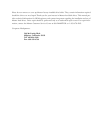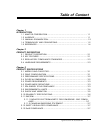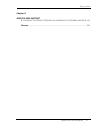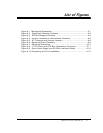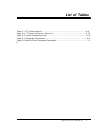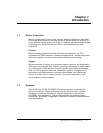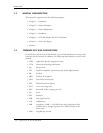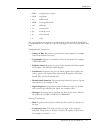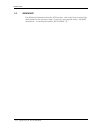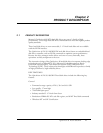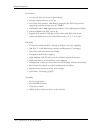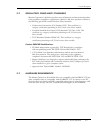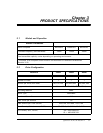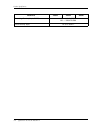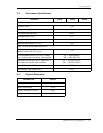
Introduction
Quickview 40 20/30/40GB AT 1-3
• MB/s megabytes per second
• MHz megahertz
• ms milliseconds
• MSB most significant bit
• mV millivolts
• ns nanoseconds
• tpi tracks per inch
• µs microseconds
•V volts
The typographical and naming conventions used in this manual are listed below.
Conventions that are unique to a specific table appear in the notes that follow that
table.
Typographical Conventions:
• Names of Bits: Bit names are presented in initial capitals. An example
is the Host Software Reset bit.
• Commands: Interface commands are listed in all capitals. An example
is WRITE LONG.
• Register Names: Registers are given in this manual with initial capitals.
An example is the Alternate Status Register.
• Parameters: Parameters are given as initial capitals when spelled out,
and are given as all capitals when abbreviated. Examples are Prefetch
Enable (PE), and Cache Enable (CE).
• Hexadecimal Notation: The hexadecimal notation is given in 9-point
subscript form. An example is 30
H
.
• Signal Negation: A signal name that is defined as active low is listed
with a minus sign following the signal. An example is RD–.
• Messages: A message that is sent from the drive to the host is listed in
all capitals. An example is ILLEGAL COMMAND.
Naming Conventions:
• Host: In general, the system in which the drive resides is referred to as
the host.
• Computer Voice: This refers to items you type at the computer
keyboard. These items are listed in 10-point, all capitals, Courier font.
An example is FORMAT C:/S.



